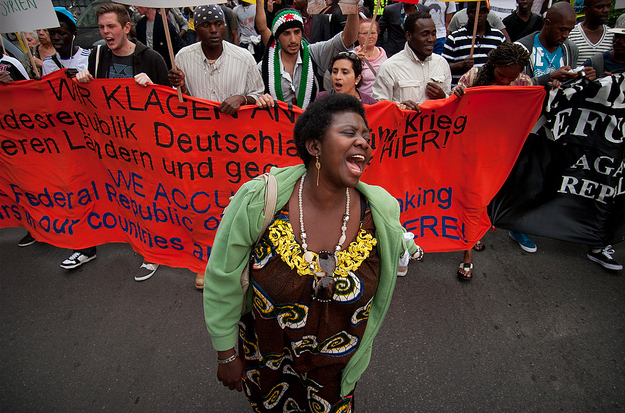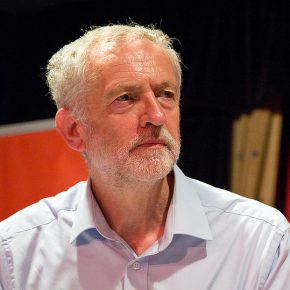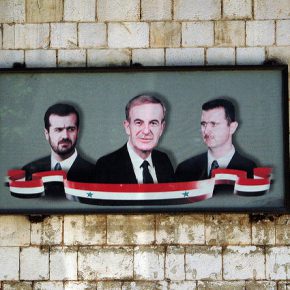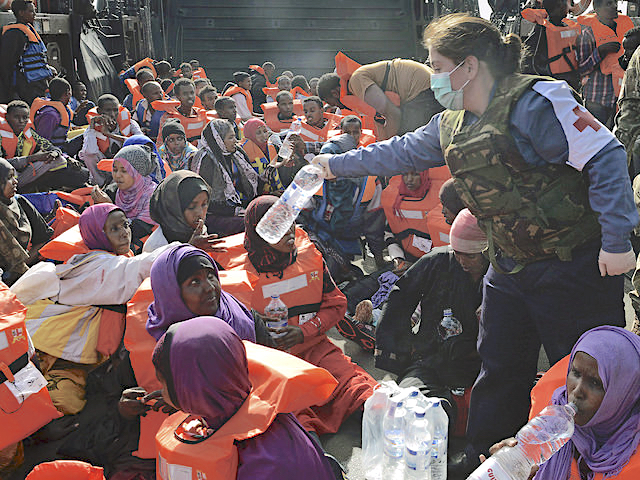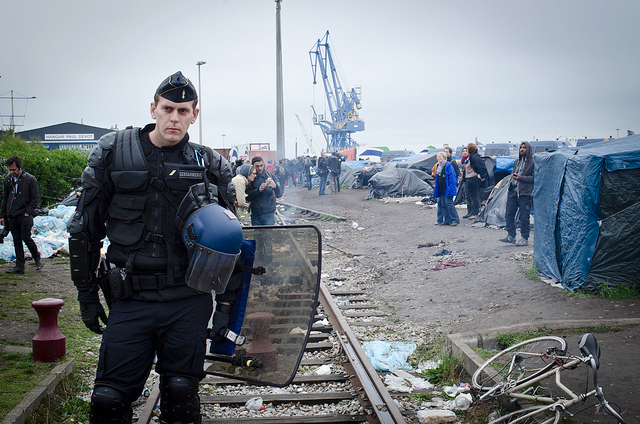As President Obama headed to the UN headquarters in New York on Thursday, his last planned visit in his current capacity as head of state, he was highly cognizant of the meeting’s significance. His opening remarks were somber, given the New York Declaration that was given at the UN Summit For Refugees and Migrants on September 19 – feeble in its tone, vague in its wording and most importantly not legally binding. But his speech was also tempered with guarded optimism as he convened with carefully curated host states – Canada, Ethiopia, Germany, Jordan, Mexico and Sweden – that have shouldered sizable percentages of the world’s 65 million displaced.
As the President of purportedly the most influential nation-state on earth, Obama is hardly looking to create a legacy with this first-of-a-kind summit. With political constipation reigning at every gathering, from the World Humanitarian Summit in Istanbul to the current UNGA, where the practicable aspects of resettling refugees have been conveniently skirted, he is simply hoping to finish his term without a crisis of conscience. Failing to attempt to drum more support and funding from country leaders and the private sphere, especially on the heels of the refugee summit, would be an irrevocable folly by the outgoing President.
For these reasons, President Obama has been unequivocal in his message.
“I called this summit — because this crisis is one of the most urgent tests of our time — our capacity for collective action,” he implored, the room filled to capacity with the decision makers of the world.
Global migration is rapidly approaching a state of emergency with the cumulative effects of conflict, climate change, globalization, and inequity fueling its speed, intensity and wrath. The final impact when it does reach its ever-eluding apex will permeate every continent and reach every shoreline.
The current migratory flows of asylum seekers fleeing conflict, climate impact, economic deprivation, and persecution, also present a stark image of asymmetry in the world – with the distribution of wealth, geopolitical interests, development, off-shored conflicts, and ultimately the disparaging priorities of realpolitik.
Most state leaders meeting today are aware that the “global refugee crisis” and the more recent Mediterranean crossings with their apocalyptic visuals are but one physical manifestation of neglecting such extreme levels of asymmetry.
People, whose local livelihoods and communities have been ravaged will naturally head towards the resources that are presently confined to small concentrations of the globe, and in the treasuries of a few affluent states. Remedying decades, if not a century of these perpetual conditions, might prove a moot mission.
But, what the summit can achieve in the short term is one of its main objectives: putting “one million more refugee children in school and providing one million more refugee adults with the legal right to work.”
As Human Rights Watch (HRW) bluntly expressed in a comment timed with the opening of the Leaders’ Summit, “educate [the 3.5 million] refugee children, or lose them forever.”
It is not a far-fetched notion. The Afghan refugees presently stranded in Greece, some even signing the dotted line of the International Office of Migration form that will put them on a flight back to Kabul, show us a looking glass that presents a future scenario – one where Syrian refugees are being sent back to Damascus after never-ending conflict.
In the 1990s to the mid-2000s Afghans were granted refugee status almost by default. There was much empathy. Fifteen years later, they are deemed “returnable,” although conflict at home did not cease. In the meanwhile, generations of their children have grown up without basic literacy. “Refugee,” and “UNHCR” are words that they robotically iterate every time they meet strangers that they think might be able to help. Their worlds have been systematically narrowed, their asylum cases archived, and their lives deliberately warehoused.
With passing time and inaction, Syrians will receive similar treatment. The current attention and empathy that the humanitarian sector has reserved for Syrians will dry up. The “prima facie” status that deemed every Syrian a refugee over 2015 will quickly disappear. Generations will idle without education. A gradual atrophy of cultural identity will ensue.
At the end of the Leaders Summit in New York, 50 countries pledged $4.5 billion for education and employment for refugees. It is less than half of the $10 billion that was promised at the Syria conference in London, earlier this year. The plan then was to educate 700,000 Syrian children. A majority of the money is yet to come through.
Donors simply cannot continue writing IOUs for refugee pledges when at least 250,000 Syrian children in Lebanon, 40 percent of all Afghan children and over 50 percent of all children in Sudan are out of school. A mere 2 percent of global humanitarian aid designated for 2014 was spent on education, while the need, especially in conflict zones, is at least ten times more.
We, as a world, might not be ready to confront the defining issues of value systems, race, religion and nationality that are being challenged in this newest era of migration, but we can all certainly digest the importance of every child having access to education. It will ultimately bring us to a more realistic discussion about identity – currently the biggest impediment in a world divided between the ‘host’ states and the ‘guest’ refugees.
President Obama’s second goal, of coaxing host countries to provide legal livelihood opportunities for asylum seekers, is directly tied to achieving the first task of consistent education. If parents are able to work, children stay in school, experts re-iterate.
In Uganda, 99 percent of refugees are economically independent. While providing refugees with freedom of movement as well as legal rights to employment, Ugandan laws also mandate refugees to be self-employed, without being dependent on aid. Countries like Turkey that have promised employment to Syrian refugees but only provided about 0.1 percent of the current population with work permits, should pay heed.
Unless these two conditions are met in tandem and aided by more resettlement in the next two years, millions more displaced children will be on the streets, in factories, dwarfed by heavy machinery and susceptible to being trafficked.
The first-ever-summits of 2016, from Istanbul to New York, would be culpable for losing many more generations of future.
This article originally appeared in Warscapes. Photograph courtesy of Montecruz Foto. Published under a Creative Commons license.
